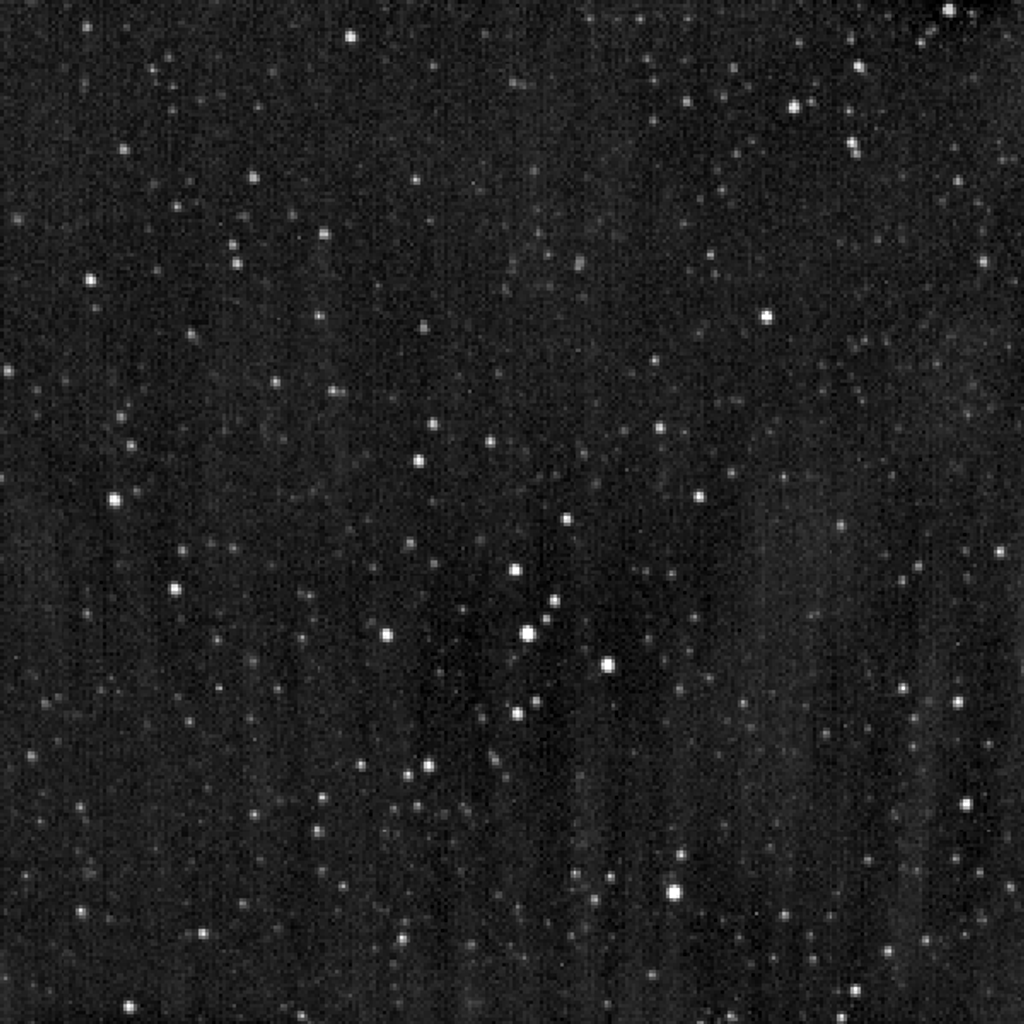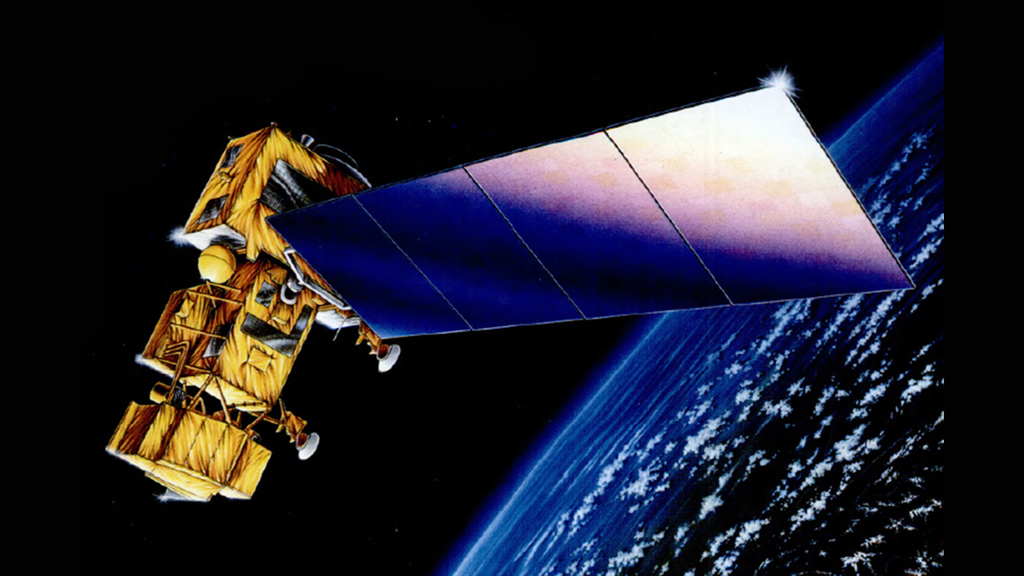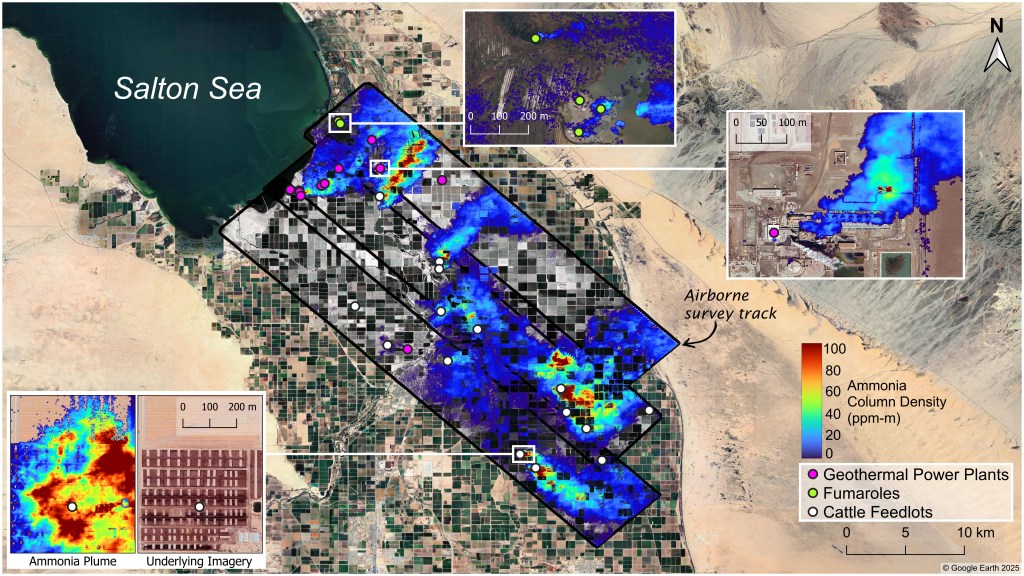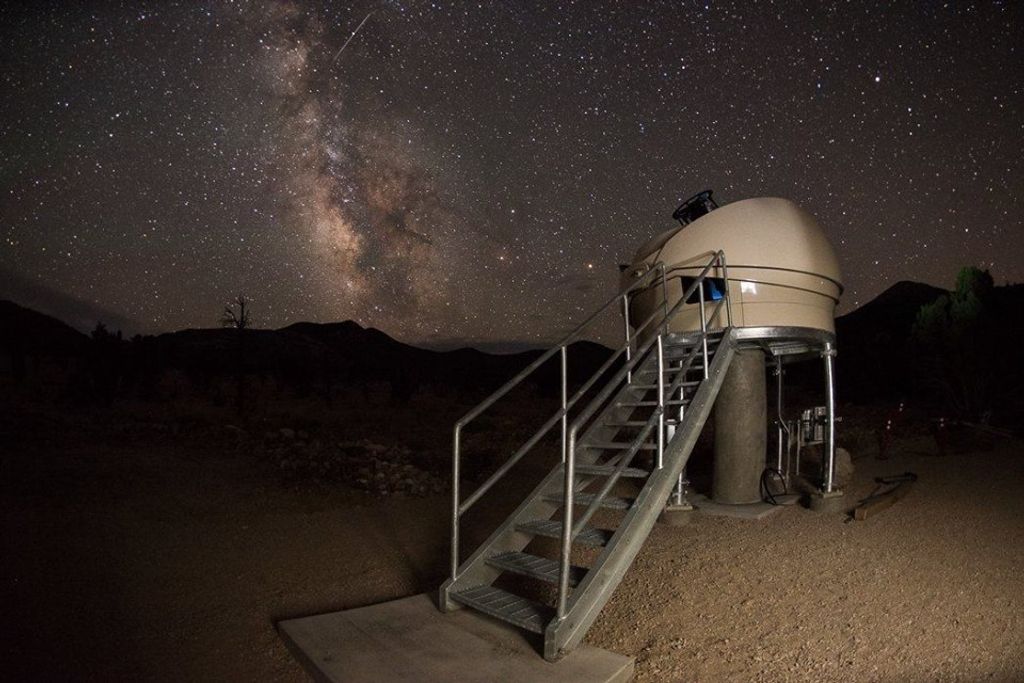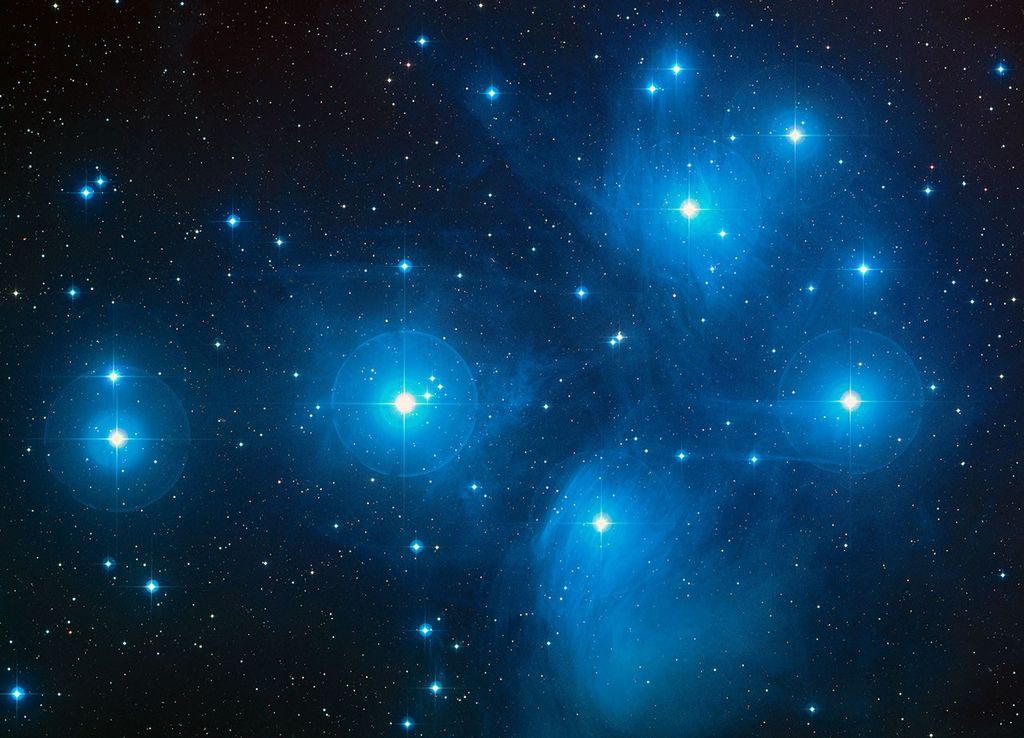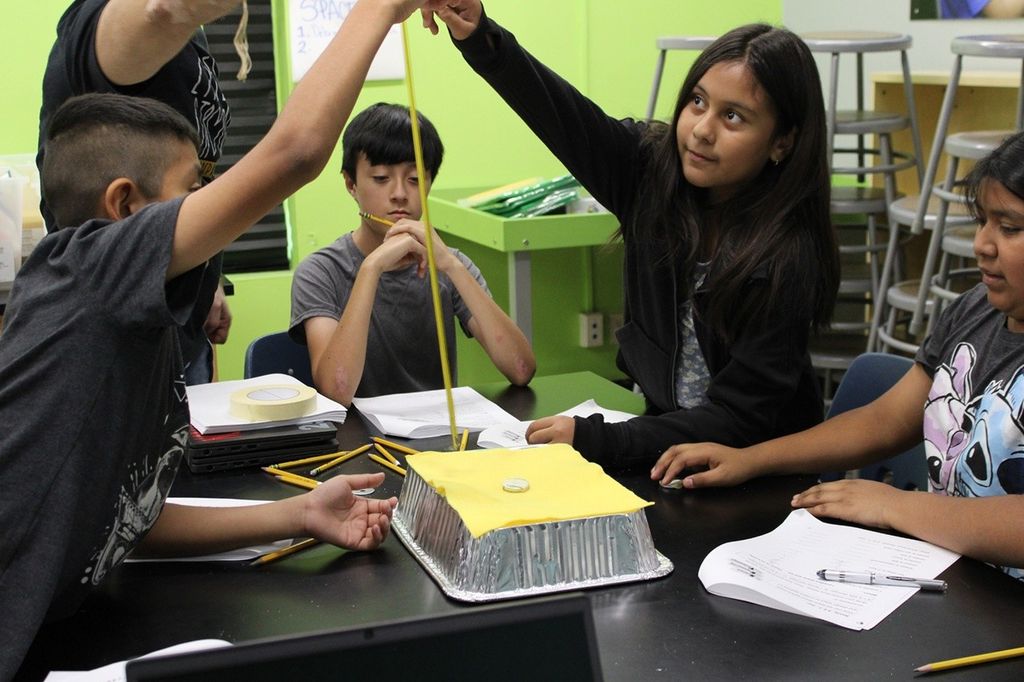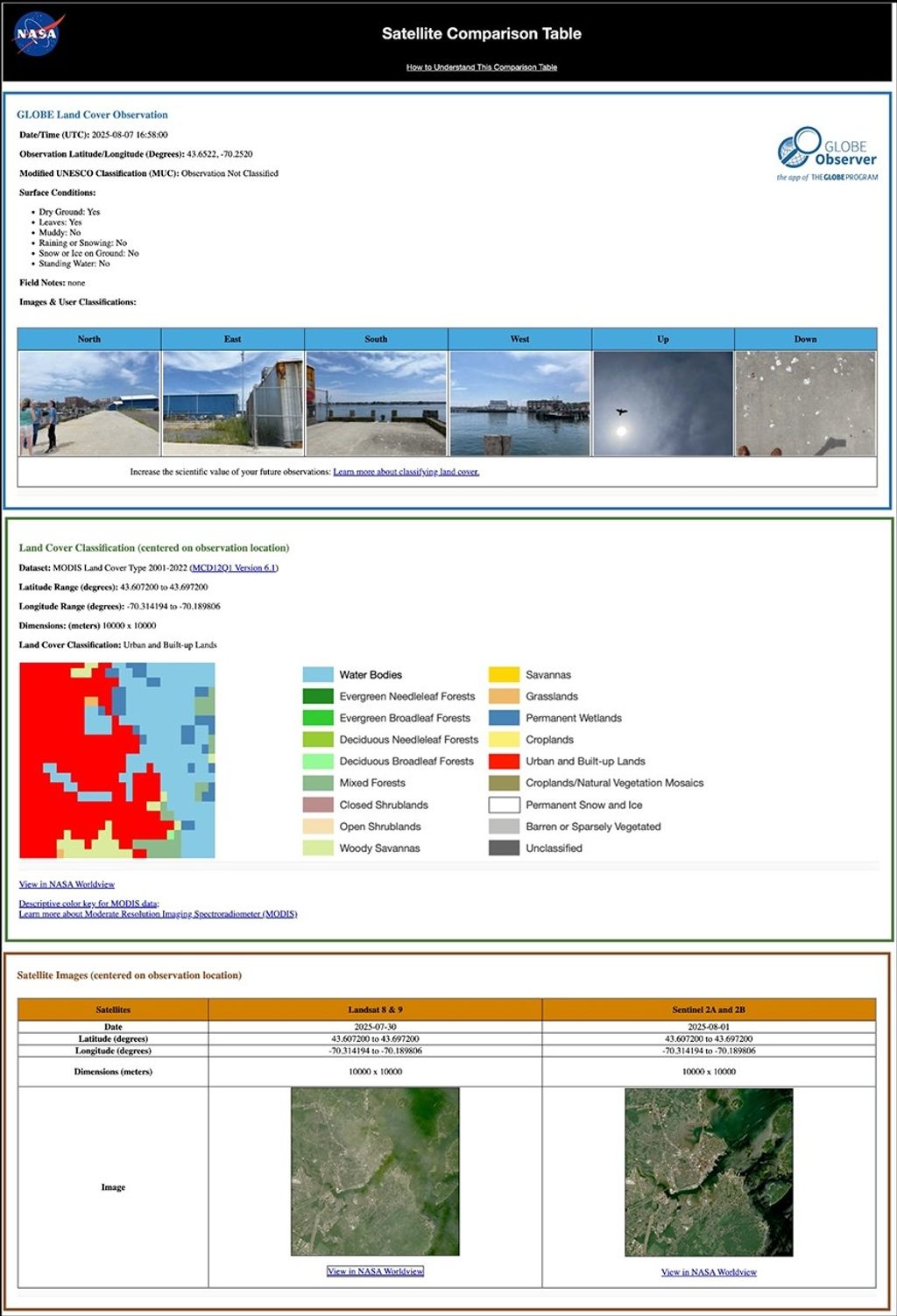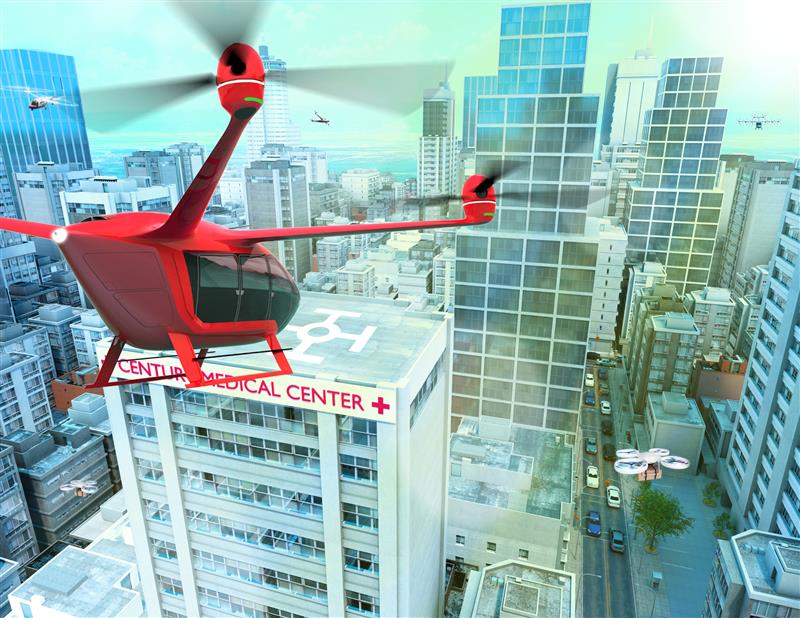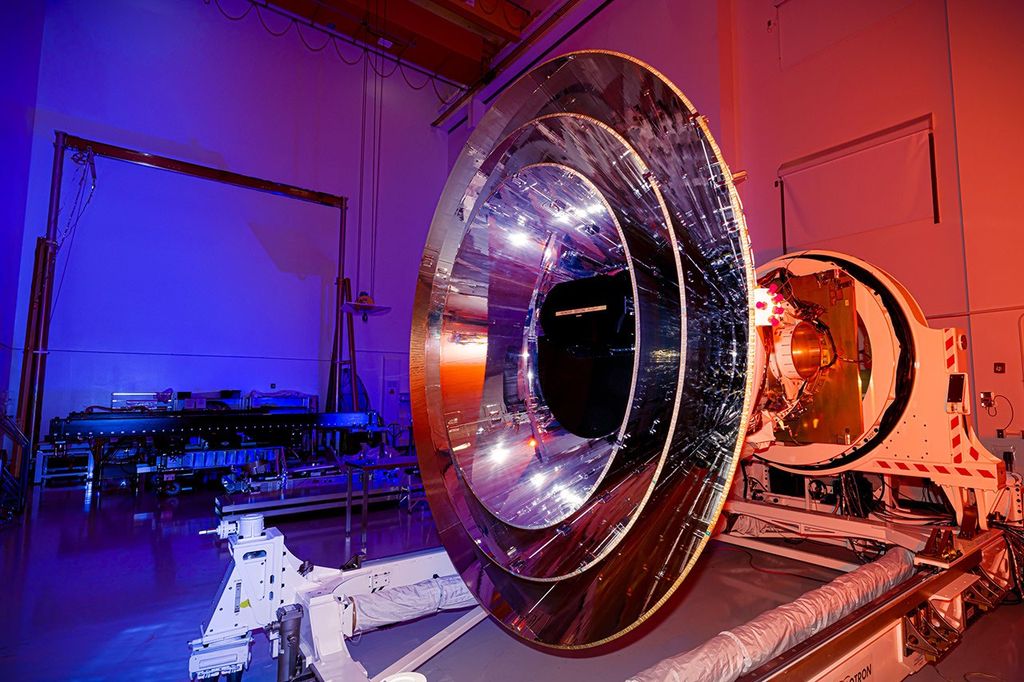In Lompoc, Scientists Gather for Landsat Trivia Night
By Jessica Merzdorf Evans //LOMPOC, CALIFORNIA//
It’s a smoky Saturday evening in the small town of Lompoc, California, and most of the streets are quiet — except for the warmly lit tables and flickering tiki torches in the outdoor dining area at Hangar 7. It’s Landsat Trivia Night, and the small restaurant is bustling with about three dozen scientists, engineers, project managers, and techies of all sorts from NASA, the U.S. Geological Survey, and the United Launch Alliance. They’ve gathered under the lights to enjoy pizza and drinks and to show off their knowledge of the 49-year-old Landsat program and its nine satellites.
I take my position along a stucco wall with a huge mural of local plants and animals and listen as the teams rev up for their first question.
“What was the name of Landsat 1 at the time of its launch?” The voice comes from Ginger Butcher, Landsat’s outreach coordinator. Guests lean in to discuss.
Not being a participant, I quietly check Google for the correct answer. It’s ERTS, the Earth Resources Technology Satellite. Launched in 1972, Landsat 1 / ERTS was the first satellite launched to space with the goal of studying and monitoring Earth’s land masses, and it pioneered the science and technology that undergirds much of our Earth-observing research today.
The teams hand Ginger their guesses on pieces of paper. Unsurprisingly, most get the question right. Many of these people have spent years working in the Landsat program, whether as program managers guiding the satellites from concept to launch, engineers overseeing construction and testing, or scientists interpreting Landsat data.
The next question is harder: Cartographer Betty Fleming discovered a tiny island about the size of a football field using Landsat 1 satellite imagery. Off the coast of what country is Landsat Island?
Landsat Island, I learn, is off the coast of Newfoundland in Canada – and the person who verified its existence almost died while doing so. You can read the full story here, but suffice to say, it involved a scientist who got swatted at by a polar bear while being lowered onto the island by helicopter. (Spoiler alert: he survived.)
I’m impressed when several teams get that question right too. The third one, though, I don’t need Google to answer.
“Set in 1973, a year after Landsat 1’s launch, what origin story movie did Landsat play a role to locate an uncharted island in the Pacific?”
The 2017 film “Kong: Skull Island” features Marc Evan Jackson, who plays a NASA scientist named “Landsat Steve.” Jackson also partnered with NASA in 2020 to narrate the “Continuing the Legacy” video series. Nearly every team gets this question right.
In a break between rounds, I chat with a team that named itself ERTS-1. At the table is Steve Covington, principal systems engineer for USGS’ National Land Imaging Program.
“I’m feeling great about launch on Monday,” he said. “It’s going to be cloudy, but I think it’ll be very successful. I’m excited about Landsat 9 getting up there and joining Landsat 8 — and giving Landsat 7 a well-deserved rest.”
Landsats 8 and 9 will work together to cover all of Earth’s land masses every eight days — cutting in half the current 16-day coverage time. Covering the Earth more frequently means scientists can detect changes that happen over a few days instead of a few weeks, giving them more insights into what’s happening on our planet’s land surface.
The group’s enthusiasm for the mission and the launch spills over into the festive atmosphere of the game. And at the end of the night, the grand prize goes to the New Originals — a group of Landsat communicators, educators, and scientists that includes Landsat 9’s project scientist, Jeff Masek.
Events like trivia night highlight the celebration and camaraderie surrounding a satellite launch, which, for many, often represents a pivotal moment, a demonstration of many years of hard work. When Landsat 9 launches Monday, it will continue a legacy that stretches back nearly 50 years, and includes decades of human stories as well as scientific ones — an achievement that is anything but trivial.






